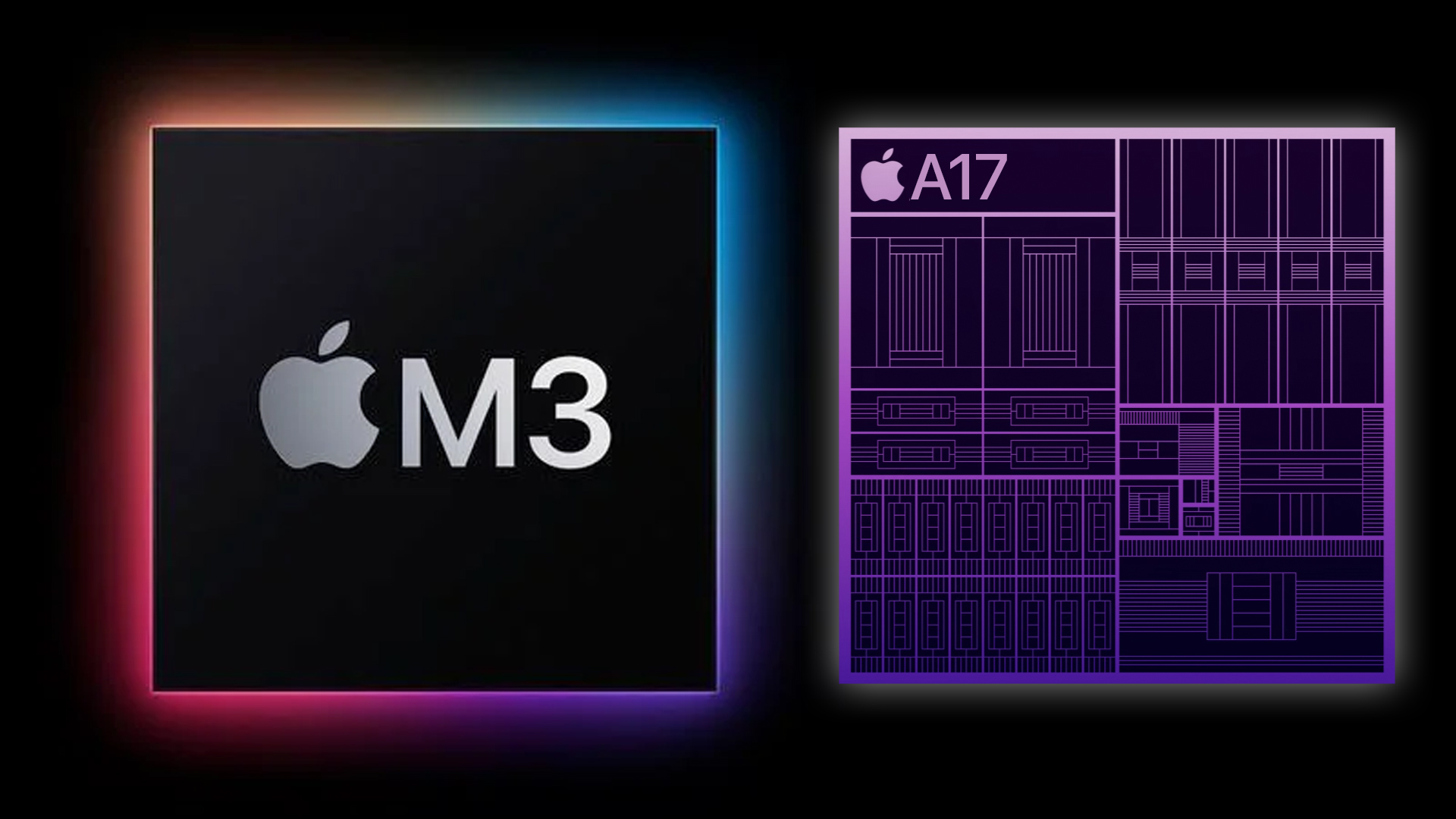iPhone 15 Pro with A17 and M3 MacBooks could be the biggest upgrade in years
You may want to skip the iPhone 14 Pro...

Early rumors about the iPhone 15 Pro’s A17 Bionic and the M3 MacBook chips suggest that you may want to wait for these, as they may bring the biggest upgrade in years.
We’ve just seen the A16 Bionic manufactured on a 4nm process, but Apple is reportedly already looking ahead to a new 3nm process — packing more performance into the next generation chipsets and drastically raising the roof on speed and power efficiency.
Meet M3 and A17 Bionic
Well, we say “meet,” but of course, there will be no sign of this chip for a while to come, because we’re still yet to get A16 Bionic in our hands and have only had M2 for a few months.
According to this new report from Nikkei Asia, these two chipsets will be manufactured based on TSMC’s enhanced 3nm process — offering better performance and power efficiency over the first-generation 3nm process.
Translating this into simple talk: Apple is utilizing a chip development method that means they can stick so many more transistors on a chip, which will in turn increase its power potential.
Not all good news
This is the first year that the standard iPhone and respective Pro models have packed different chipsets — the iPhone 14 taking the A15 Bionic from the 13 Pro, and the iPhone 14 Pro models getting the latest and greatest A16 Bionic.
Unfortunately, that trend looks set to continue, as the report claims that the iPhone 15 models will also be separated like this, too. Not that it will be too problematic, as these latest chips have been screamers, but it’s worth noting if you’re always looking for the cutting edge.
Sign up to receive The Snapshot, a free special dispatch from Laptop Mag, in your inbox.
Outlook
And so, the far too early cycle of news about next-generation Apple products begins with an allegedly significant upgrade to the internal chipset of iOS devices and Macs.
Devices with these chips built on a 3nm process are expected to launch throughout 2023, and while that would be the case for the new iPhones, I’m not sure that’ll be likely for Macs. This is primarily because that would be an annual update cycle, which Apple has never done for its computers.
But it’s encouraging to see the rate of progression continue at this rate, as to allay any fears that we’re hitting the peak of potential for how many transistors we can stick on a chip. Plus, it will mean insane performance in the next crop of Macs and iPhones.

Jason brought a decade of tech and gaming journalism experience to his role as a writer at Laptop Mag, and he is now the Managing Editor of Computing at Tom's Guide. He takes a particular interest in writing articles and creating videos about laptops, headphones and games. He has previously written for Kotaku, Stuff and BBC Science Focus. In his spare time, you'll find Jason looking for good dogs to pet or thinking about eating pizza if he isn't already.


